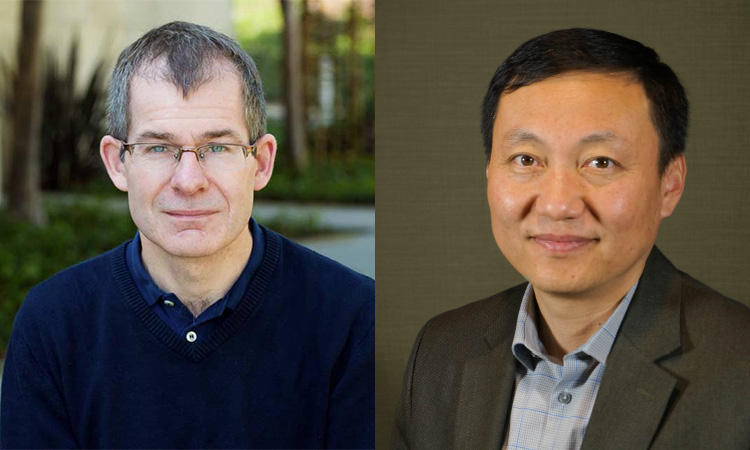“SenNet could transform how we look at aging, and I’m excited to be a part of such an ambitious project,” says Adams, who directs the Aging, Cancer and Immuno-oncology Program at Sanford Burnham Prebys. “The atlas we create could become a treasure trove for scientists aiming to develop strategies to prevent and treat age-related diseases.”
As we age, many of our cells begin to undergo cellular senescence, which means they lose their ability to grow and replicate. Also, these cells produce a complex mix of inflammatory molecules that can damage tissues. Senescence is involved in a range of human diseases of aging, such as Alzheimer’s disease, type 2 diabetes and cancer. SenNet seeks to map out how and where senescent cells accumulate over time, ultimately generating an atlas of these cells that will help illuminate the aging process.
Adams, in collaboration with Professor Bing Ren, Ph.D., from the University of California San Diego School of Medicine (UC San Diego), will contribute to the SenNet project by mapping senescent cells in five different tissues in mice: the liver, the brain, mammary glands, the intestines and bone marrow. They will use state-of-the-art, single-cell technologies applied to intact tissues to analyze specific changes in gene expression and chromatin structures within aging cells across tissues, life stages and organ systems.
“Single-cell analysis lets us look at the molecular and cellular processes of aging in an unprecedented level of detail,” says Ren. “This work is going to create an invaluable resource for the aging research community and, over the long term, could significantly change the way we approach senescence-related diseases.”
This project complements the work being done by other SenNet investigators, who are mapping senescent cells in normal human tissue and other mouse tissues. Together, these three-dimensional spatial maps can be used to understand how a disease, condition or therapy affects cellular senescence.
“The ultra-high-resolution technology we are using is world class,” says Adams. “Our combined strengths in research and technology will hopefully ‘move the needle’ on our understanding of the biology of aging and answer some of the most challenging questions in aging research and in medicine as a whole.”
To complement and support this NIH funding, both Sanford Burnham Prebys and UC San Diego have made substantial investments in the state-of-the-art “spatial” technologies that will support SenNet and other tissue-mapping endeavors related to tissue development, normal function and disease.
The NIH aims to distribute $190 million in SenNet grants by the year 2026. To date, SenNet includes more than a dozen research organizations throughout the United States, and this number is increasing as the NIH awards more grants.
The grant, issued by the NIH Common Fund, is titled, “Spatial mapping senescent cells across the mouse lifespan by multiplex transcriptomics and epigenomics” (1U54AG079758-01).
###
About Sanford Burnham Prebys
Sanford Burnham Prebys is a preeminent, independent biomedical research institute dedicated to understanding human biology and disease and advancing scientific discoveries to profoundly impact human health. For more than 40 years, our research has produced breakthroughs in cancer, neuroscience, immunology and children’s diseases, and is anchored by our NCI-designated Cancer Center and advanced drug discovery capabilities. For more information, visit us at SBPdiscovery.org or on Facebook facebook.com/SBPdiscovery and on Twitter @SBPdiscovery.
About UC San Diego Health Sciences
UC San Diego Health Sciences encompasses UC San Diego Health, the region’s only academic health system; UC San Diego School of Medicine, one of the nation’s top research-intensive medical schools; Skaggs School of Pharmacy and Pharmaceutical Sciences, Southern California’s first public school of pharmacy; and the Herbert Wertheim School of Public Health and Human Longevity Science.


